Turning your child into a SuperHero.
What your child needs to learn to be future ready.
Are you sometimes up at night worried about your child’s future?
Do you feel guilty that even if you want to give the best, the available options are not enough?
Are you afraid that your child will not turn out successful?
Do you secretly wish that he will do better in life than you?
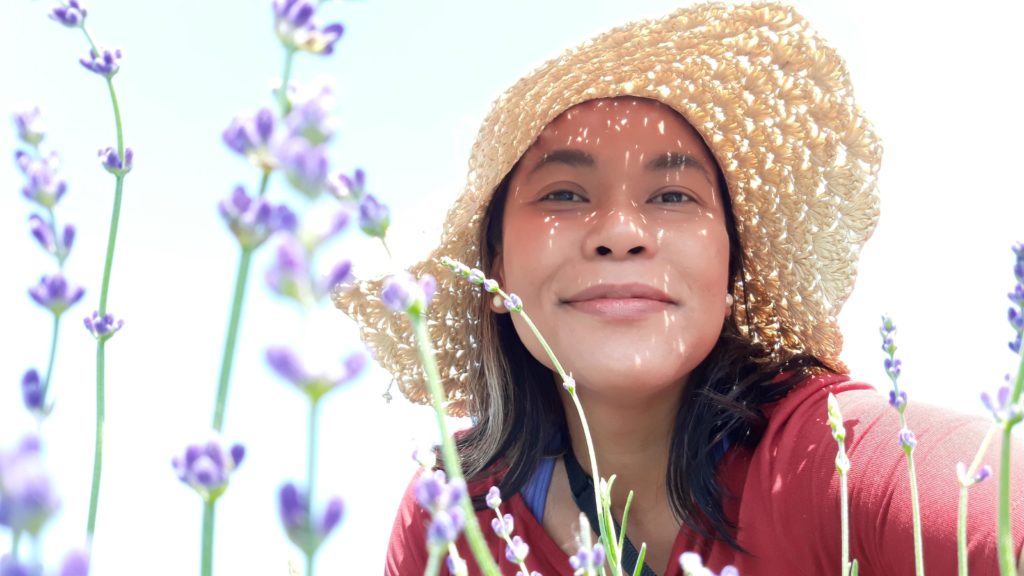
Hi, my name is Shawi. For the most part of my life, I have been clueless about what I really want to do. It was only until recently that I discovered my true calling. [More on that later.]
You see, I have been in a job that I did not really love. I wish I discovered it earlier, I would not have wasted a lot of time. I blame the way we were traditionally taught—to be compliant. to stay in the office. To maintain the status quo. Don’t “rustle the feathers”. In other words, I never really felt successful because my gifts are not being used. I did not have a mind or a voice of my own.
I see a similarity happening with my 11 year old niece. Her name is Maia. I fear the same will happen to her. She might get stuck, and not spread her wings to do the thing she was meant to do.
In almost every decision she makes, Maia consults her mom (my sister):
“Mom, what will I wear?”
“Mom, what will I tell my friend?”
“Mom, I cannot open the bottle, can you help me?”
“Mom, can you come with me to the toilet?”
I can feel my sister’s annoyance that she has to spoon-feed her eldest child most of the time. Like Maia could not stand on her own. You see, she has two other younger children to care for.
Do you remember having your child for the first time?
You want to give the world to him, and you’d do anything to protect him from the dangers of the world. If you can, you almost do not want a tiny insect to bite him. You’d do things for him by picking up a toy he drops. You’d catch him so he does not fall.
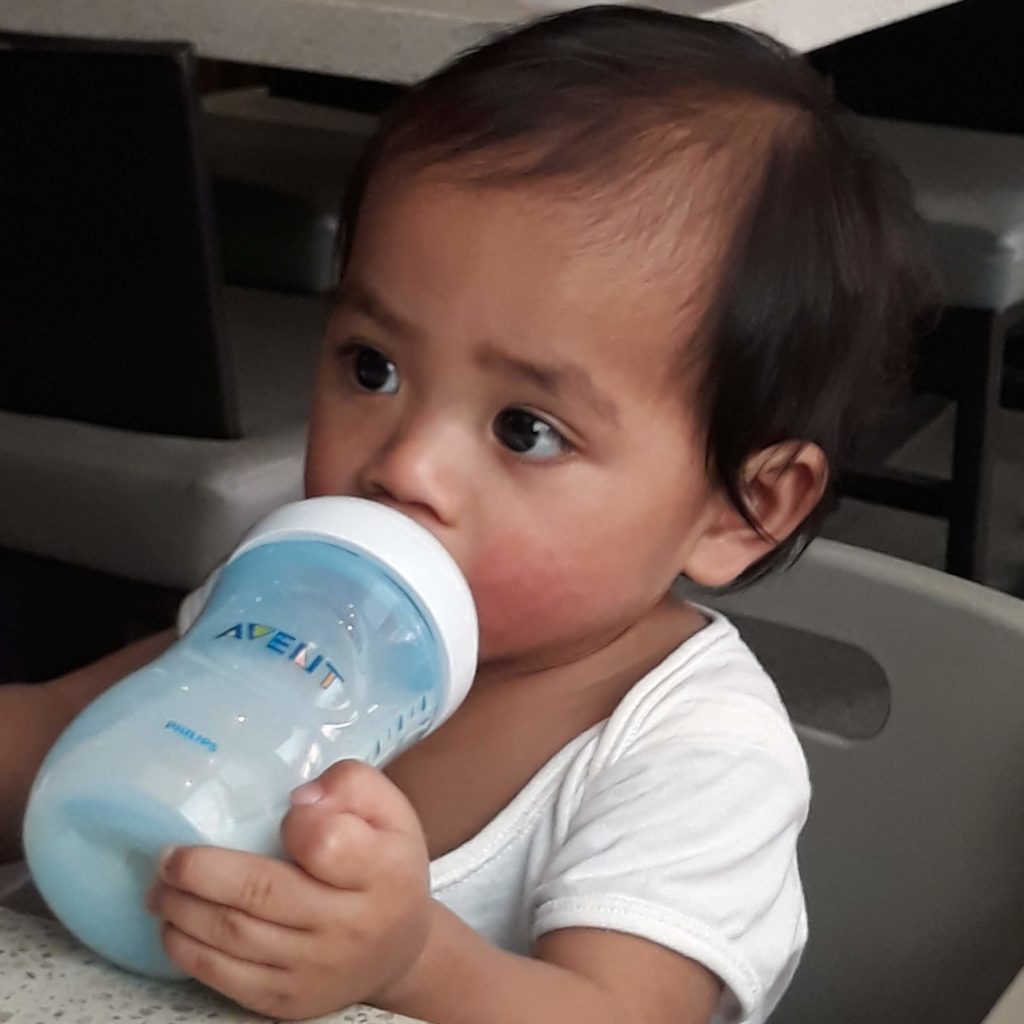
Same thing happened to Maia. The world was given to her and she almost did not lift a finger.
The problem with that is that she became too dependent on other people to do things for her.
Worst, she also became too dependent on other people to think for her.
In one of my conversations with my sister, a bigger worry came up. What if she gets bullied in school? Or what if she gets sexually abused? Will she be able to speak and stand up on her own?
My sister isn’t the only one worried about her. Even my mom gets stressed out whenever she sees my niece on her gadget all the time. She nags her and tells her to get off the screen and find something else to do.
It’s disturbing because the first thing she asks when we go to a restaurant or a friend’s house is WiFi. She also panics when her gadget is low on battery and there’s no socket nearby.
As you may already know, studies show that too much screen time affects a child’s mental health and ability to focus.
But we can’t totally take kids off the screen. Times are changing and technology is already an essential part of our daily life.
So now, a bigger challenge comes up.
Are my nieces and nephew, or should I say, are OUR CHILDREN ready for the future?
The skills they learn in school, are they enough to make them succeed? Are the schools preparing them for independence and success?
Remember I told you something about finding my calling? Here’s what I discovered: these problems that we talked about can be addressed by 2 simple things—nature and play. I want to play a part in sharing more of these experiences with other children.
There’s a movement that combines the two that’s growing in popularity. It’s called FOREST SCHOOL. But this seeming trend is actually steeped in history.
In the early 1900s, the forest school’s foundations were laid through youth camps and outdoor skills. In the 1950s, outdoor learning and play have been an important part of the early years in Scandinavia. In the 1990s, forest school began to emerge in the UK.
Scandinavia is top-notch in terms of the education system, and for them to promote outdoor learning despite their freezing weather, they must be doing something right.
Being outdoors in nature means :
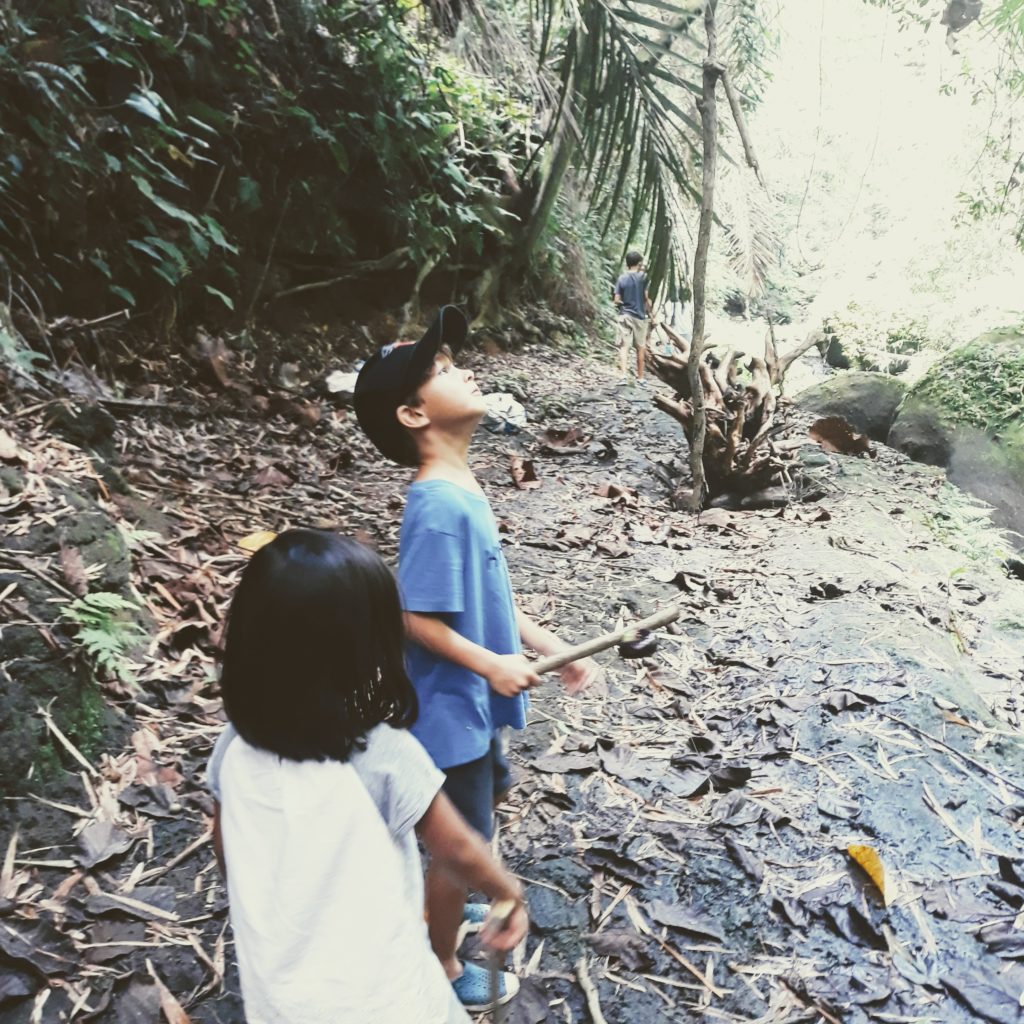
The forest is a source of different textures, sounds, smells, taste, and sight. So whether your child is a visual, auditory, or kinesthetic learner, the forest is tailor-fit to your child’s learning style and development.
The forest provides a sense of spatial awareness. When children differentiate how high, how far, how tall, it helps them understand Math.
The forest is a huge playground with different toys from nature–sticks, leaves, mud, or puddles. To a child, a stick may be a sword, a magic wand, a laser beam. When children use their imagination, it fosters creativity.
The forest is a huge playground with different toys from nature–sticks, leaves, mud, or puddles. To a child, a stick may be a sword, a magic wand, a laser beam. When children use their imagination, it fosters creativity.
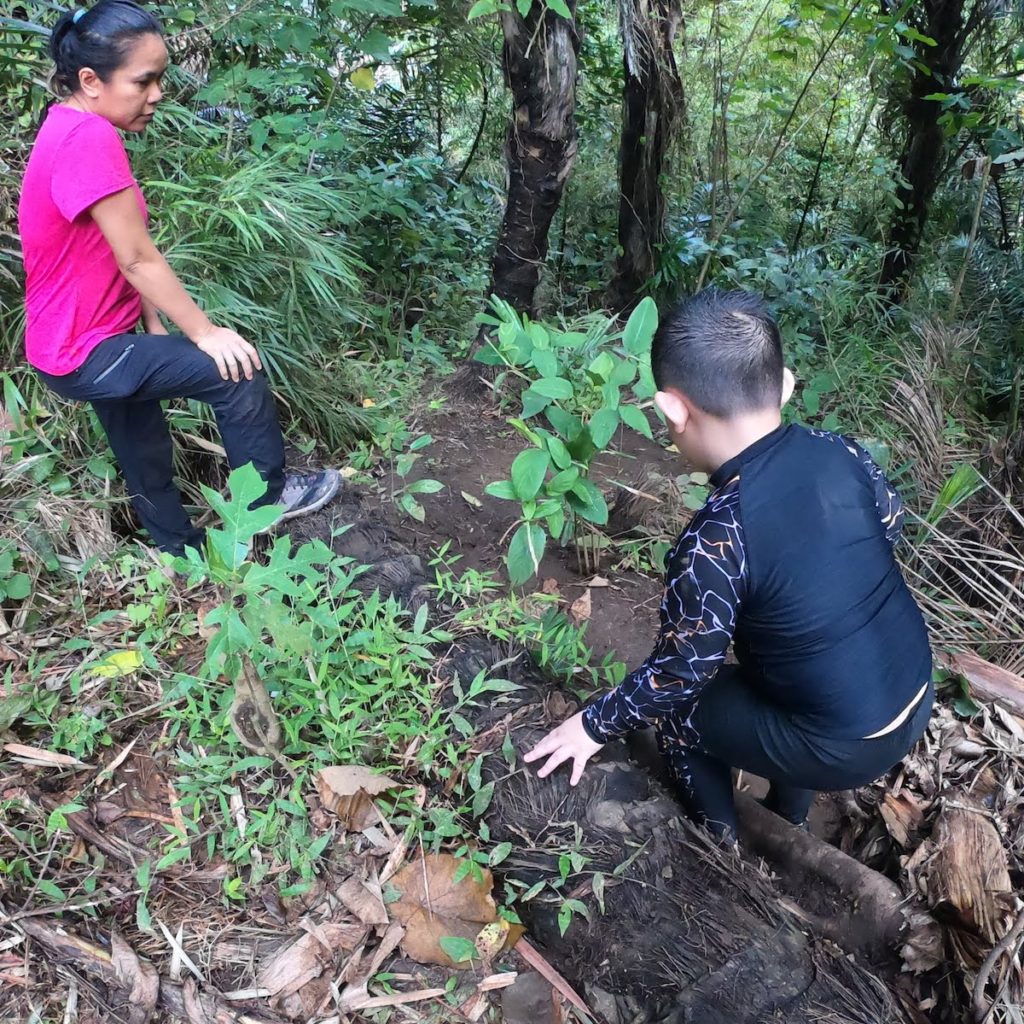
The forest is an obstacle course. Children jump. They run. They balance. Over branches. On the ground. Under the rain. Yes, there’s risk involved, but in every risk, they become aware of their capabilities. What happens when they feel capable and can tackle the world? Your children become confident.
The forest is constantly changing. Change is seen through the different seasons–dry and wet season. When the child is aware that nothing is permanent, it helps them go through grief or loss.
The forest is a treasure trove of delightful creatures–colorful butterflies, slugs bigger than their thumb, fungi of differing shapes and sizes. When children encounter something new, it drives curiosity and wonder. By describing their new discoveries, their language is developed.
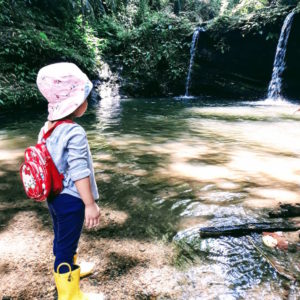
The forest is a space for mindfulness. Having no gadgets out in nature, children are more focused and attentive to what’s happening in the present.
The forest is for everyone. At a young age, they learn how to care for the environment.
The best way to learn anything is through play. Play must be viewed as more than just a right for our children, but a life essential. In fact, more than the academic skills, children learn the most important life skills through playing : problem solving, advocating for themselves, decision-making skills, working in groups, taking turns, sharing, resolving conflicts, cooperating, compromising, negotiation.
And what does play do for your children?
Elevated social skills. Being with friends allows your child to build relationship skills. When surrounded by other kids, they learn to develop compassion and empathy. Their imagination is also sparked by other’s ideas. They get to understand social norms and learn how to communicate.
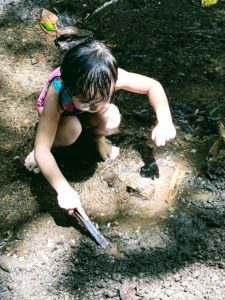 Independent, solitary play. At a certain age, some children are into solitary play. They get social cues from other children playing. If they can entertain themselves, it means they are less dependent on adults or their gadgets. This also develops their sense of creativity and imagination. Aside from that, they learn to do things on their own (independence). They get a sense of self and know their place in the world.
Independent, solitary play. At a certain age, some children are into solitary play. They get social cues from other children playing. If they can entertain themselves, it means they are less dependent on adults or their gadgets. This also develops their sense of creativity and imagination. Aside from that, they learn to do things on their own (independence). They get a sense of self and know their place in the world.
Confident interaction. Interacting with other children through play teaches them to take turns and to help each other out. They are exposed early on to real life relationships–sometimes they need to negotiate or convince other kids to play with them, or to play using certain rules they set. They become aware of what activities are acceptable to other children or not. Play prepares them for a lifetime of interaction.
 Alertness, physical activity, and exercise. Play involves a lot of bodily movement. By moving, children develop their reflexes, flexibility, balance, fine and gross motor skills. They are able to strengthen their muscles and increase bone density. Being active also prevents diabetes, obesity and high cholesterol. When outdoors, their t-cells in the immune system increase to fight sickness.
Alertness, physical activity, and exercise. Play involves a lot of bodily movement. By moving, children develop their reflexes, flexibility, balance, fine and gross motor skills. They are able to strengthen their muscles and increase bone density. Being active also prevents diabetes, obesity and high cholesterol. When outdoors, their t-cells in the immune system increase to fight sickness.
Increased intellectual capacity. The more a child moves, the more the brain is stimulated. Movement wires the brain for learning. When the brain is stimulated, the brain cells work better and faster, allowing your child to perform advanced thinking–reasoning, problem-solving, and creativity.
Sharpened emotional intelligence. Playing with others teaches a child to identify his own feelings and express them. A child who understands himself deeply can control and manage fears or unpleasant experiences better. It is through play that a child experiences different emotions (fear, frustration, sadness, joy, anger). Identifying his own emotions and being able to master it makes him more understanding of how others are feeling (empathy).
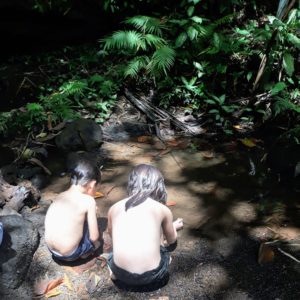 Release of any untoward emotional trauma. Another benefit of play is it releases emotions linked to trauma (family disruptions, abuse, natural calamity or war). Play is therapeutic as they “play out” their emotional distress.
Release of any untoward emotional trauma. Another benefit of play is it releases emotions linked to trauma (family disruptions, abuse, natural calamity or war). Play is therapeutic as they “play out” their emotional distress.
Cultivated self-confidence and self-esteem. Children gain confidence when they overcome challenges during play. When they accomplish something as simple as landing from a jump, their self-esteem is boosted.
When my sister’s second-born came, she did not receive the same special treatment that her elder sister received. She often fell, trip, or left to do things on her own. We take her outdoors as much as we can, and we just let her play.
Now at 4 years old, this little girl strikes up a conversation with a stranger. She speaks up her mind when something is wrong. She expresses her emotion and lets everyone know when she is mad, happy, or sad. And she sits beside her cousin when her cousin is upset.
GIVE YOUR CHILD THIS GIFT
Take your child to Forest School. Do not delay. You have to start now, while your child is young. This is the age where this kind of development matters the most; and you know you cannot take back time.
Now imagine your child as a grounded teenager. You can leave her alone at home, with a peace of mind that she won’t be irresponsible with drugs or sex.
You also rest assured that you’re successful as a parent because now your child can live a life of her own.
Book your child’s spot now. Limited spots only.
We have two weekly sessions at the moment: Saturdays and Sundays.
Head over here to learn more.
